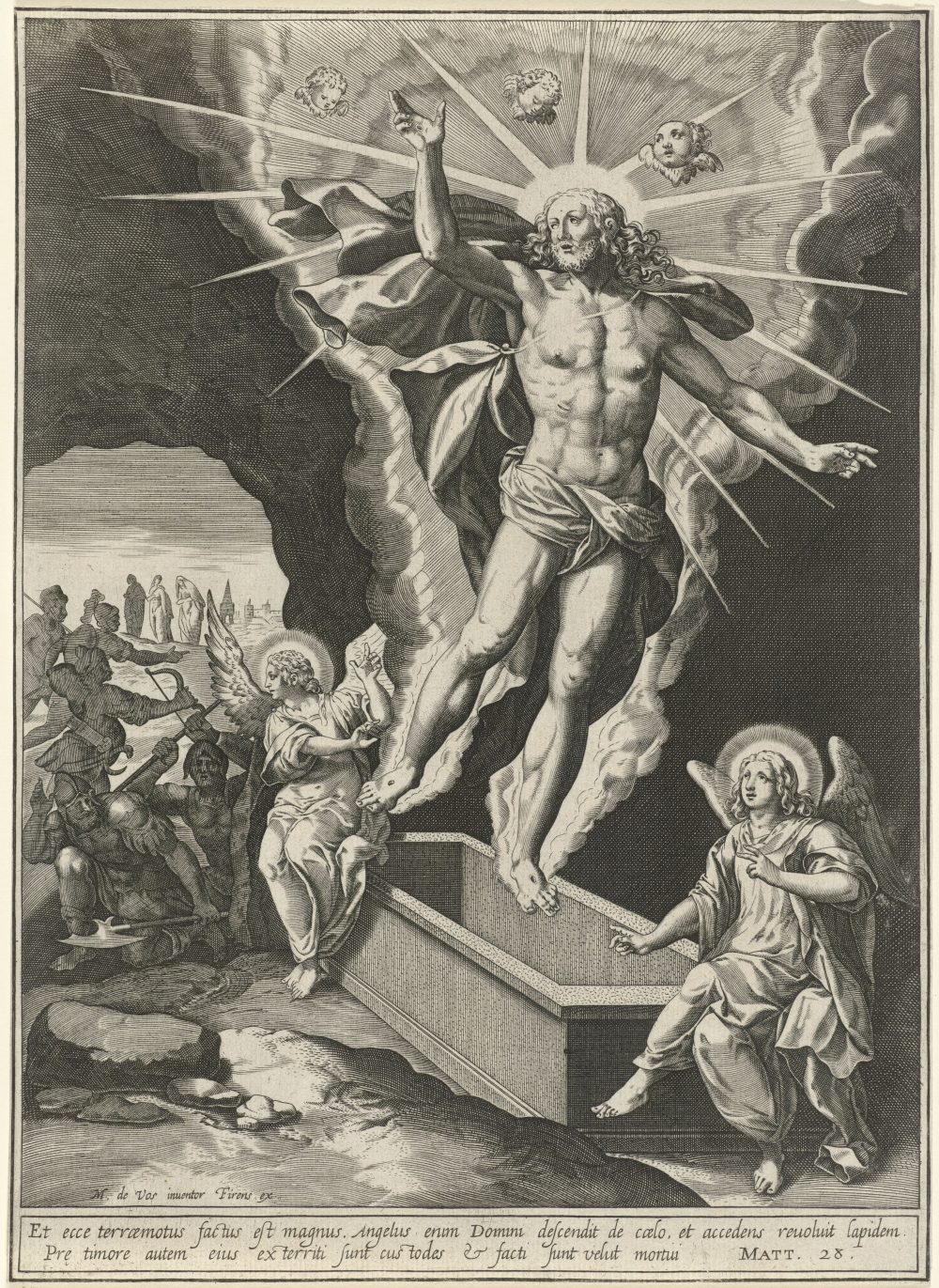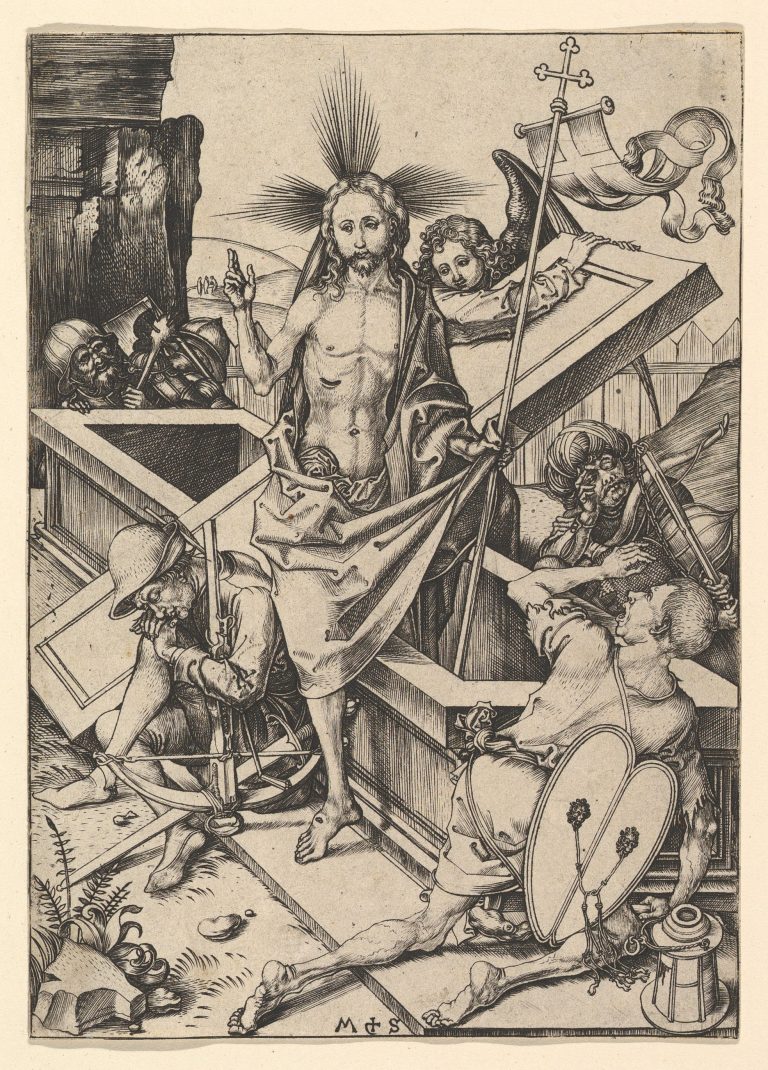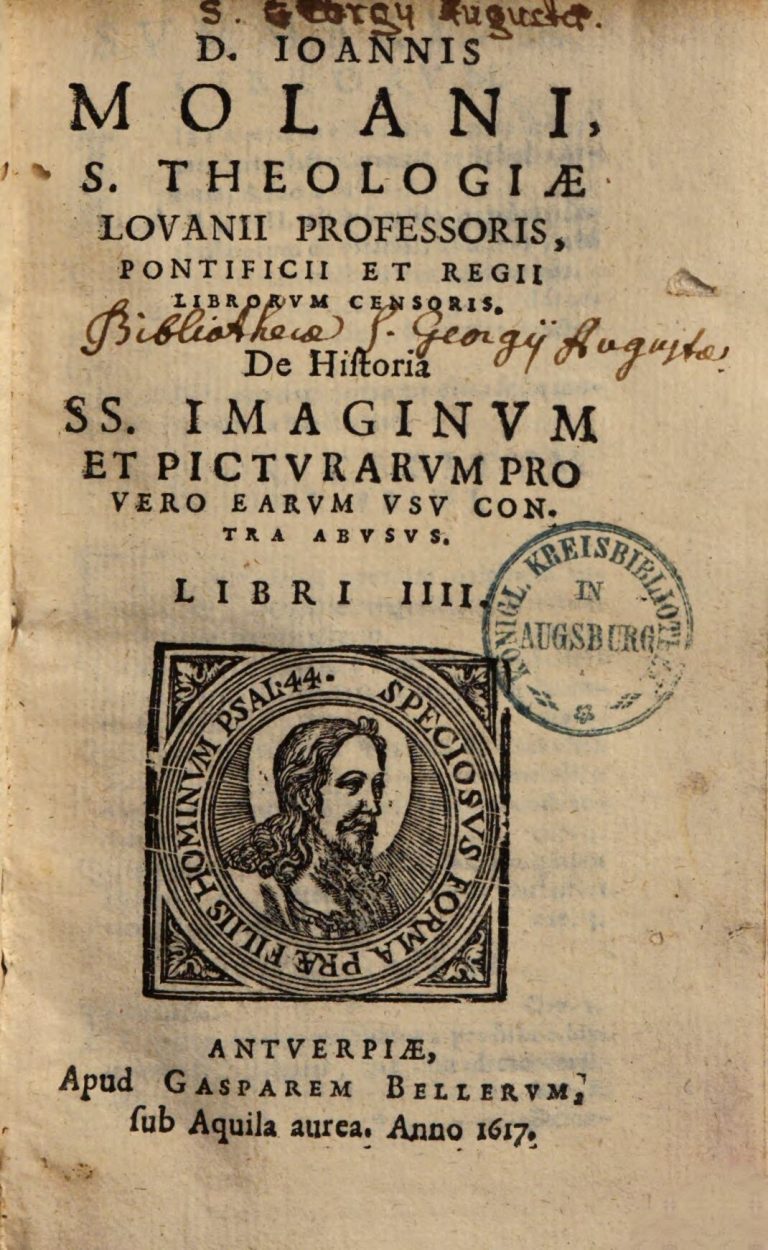
Rijksmuseum, Amsterdam, http://hdl.handle.net/10934/RM0001.COLLECT.168426
In book 2, chapter 28, Molanus continues the discussion started in the previous chapter on images that contain an error but do not pose a real danger, in this chapter the main focus is on iconographies regarding Jesus Christ. The chapter thus fits in the greater scheme created by the author in the work in which he categorises images and the errors they contain, whether these are to be condemned or not, and according to what or whom. In general, Molanus argues that paintings containing the discussed errors do not have t be removed, as long as the provincial council of the Church does not decide otherwise.
The third case presented by Molanus regards the Resurrection of Christ, which is depicted by some painters with an open tomb. According to theologian, this is not in correspondence with the teaching of the Church because the Resurrection took place with a closed tomb. Similarly, some artists depict the Virgin Mary among those who went to the tomb with incense, this is also incorrect.
“But there is more. In effect, some go so far as to represent Christ’s Resurrection with an open tomb, whereas it took place in a closed and sealed tomb, just as before he came into this world in the closed womb of his mother. In the same way, some represent St.Mary the Mother of God among those who went to the tomb of Christ with incense.”
“Maius vero quod quidam pingunt Christum aperto sepulchro resurrexisse, cum eo clauso et obserato resurrexerit, sicut antea clauso matris utero in hunc mundum venerat. Item quod quidam pingant sanctam Deipara Mariam inter eas quae ibant ad ungendum Christum.”


Molanus 1996, 201-202.



